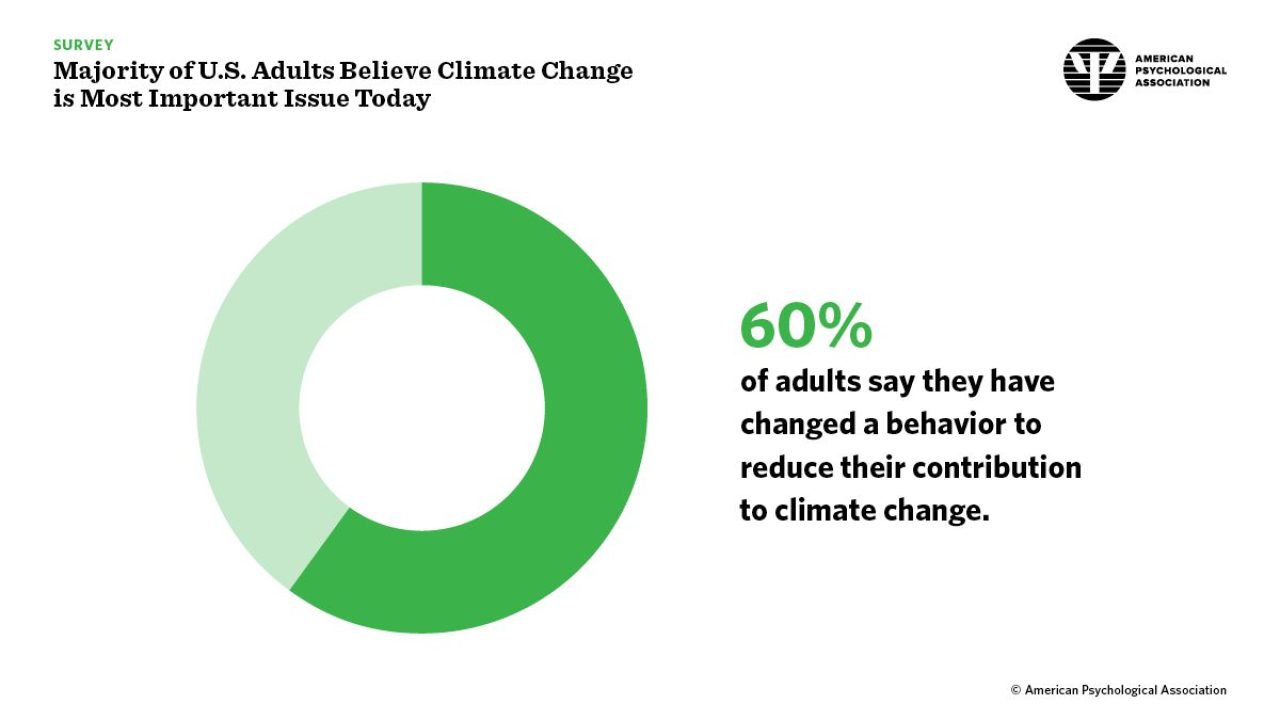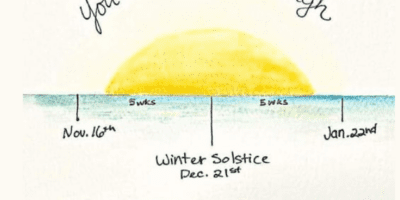Extreme storms. Wildfires. Soaring summer and warmer winter temperatures. Yes, our world and environment are changing. Reading this may add you to the growing list of people suffering from Climate Anxiety.
What is This?
We are long past the scientific ‘safe’ limit of 350 ppm of carbon dioxide in our atmosphere and in 2024, we may exceed the scientific ‘safe’ limit of 2.7-degrees F temperature rise. It’s not as remote as it may sound: both are significant factors to environmental changes. These changes impact more than the planet. A study by the American Psychological Association showed that more than two-thirds of Americans are experiencing some form of climate anxiety.
Why Now?
As we celebrate Earth Day on April 22, it is important to recognize Climate Anxiety and and its impact on us all. But it is also important to recognize that concern is a motivator. We need people to be worried about our changing climate, and that worry can be channeled into finding actions and solutions to the problem.
In a recent national survey done by Yale University, 10 percent of respondents feel nervous, anxious, or on edge about global warming at least several days per week. And over a quarter of their respondents say they avoid thinking about climate change. But there is also another quarter of the respondents who say that they are alarmed about climate change, but are not eco-anxious, just not sure of what to do.
What Can I Do?
A separate research team at Yale may have an answer to the rising anxiety over our climate: collective action. The research was focused on students, and they found those with symptoms of depression related to Climate Anxiety were strongest in those not engaged in group activities to address climate change. Individual actions, like recycling or turning off lights were less effective as they are perceived as insignificant for an overwhelming issue. And that hopelessness can grow for people already vulnerable to mental health distress, even kids.
Collective actions have the power to help. Group activities are focused on a hopeful message. They bring together a community and social support, create targets and celebrate victories. Their unified message with the support of the group strips away the feeling that the problem is too big to tackle.
Dive in!
You will find groups all over the place to join in, no experience needed. Start talking to your friends about climate change – they may already be active with a group or know someone else who is. These groups could be some of the national environmental or conservation groups with local chapters, but you can find active groups at schools, churches, and in local government advisory committees.
Help for the Helpers
While being engaged is a positive on many levels, managing your emotions is important, too. There are coping tools to help you process as you take action, monitoring your news intake when you’re feeling overwhelmed, being compassionate and showing yourself some grace, too, and focusing on things that are within your control.
The original Earth Day in 1970 was led by activists who wanted to save the planet from pollution. That eventually toned down to today’s message of “Save Mother Earth” for a one-day quiet gathering. It’s time to turn your Climate Anxiety to Climate Action. It’s time to reclaim the activist origins of Earth Day, and it is time to make every day Earth Day.
John S. Szalasny
Sierra Club Niagara Group Executive Committee Member



